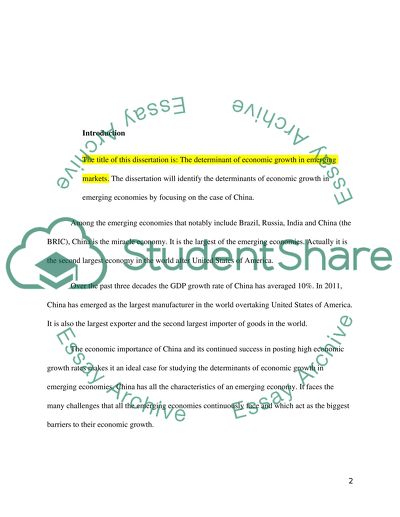Cite this document
(“The determinant of economic growth in emerging market : Case study Dissertation”, n.d.)
Retrieved from https://studentshare.org/other/1423860-the-determinant-of-economic-growth-in-emerging
Retrieved from https://studentshare.org/other/1423860-the-determinant-of-economic-growth-in-emerging
(The Determinant of Economic Growth in Emerging Market : Case Study Dissertation)
https://studentshare.org/other/1423860-the-determinant-of-economic-growth-in-emerging.
https://studentshare.org/other/1423860-the-determinant-of-economic-growth-in-emerging.
“The Determinant of Economic Growth in Emerging Market : Case Study Dissertation”, n.d. https://studentshare.org/other/1423860-the-determinant-of-economic-growth-in-emerging.


